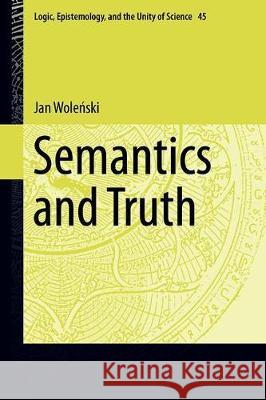Semantics and Truth » książka
topmenu
Semantics and Truth
ISBN-13: 9783030245351 / Angielski / Twarda / 2020 / 375 str.
Semantics and Truth
ISBN-13: 9783030245351 / Angielski / Twarda / 2020 / 375 str.
cena 484,18 zł
(netto: 461,12 VAT: 5%)
Najniższa cena z 30 dni: 462,63 zł
(netto: 461,12 VAT: 5%)
Najniższa cena z 30 dni: 462,63 zł
Termin realizacji zamówienia:
ok. 22 dni roboczych
Bez gwarancji dostawy przed świętami
ok. 22 dni roboczych
Bez gwarancji dostawy przed świętami
Darmowa dostawa!
Kategorie BISAC:
Wydawca:
Springer
Seria wydawnicza:
Język:
Angielski
ISBN-13:
9783030245351
Rok wydania:
2020
Dostępne języki:
Numer serii:
000318549
Ilość stron:
375
Oprawa:
Twarda











